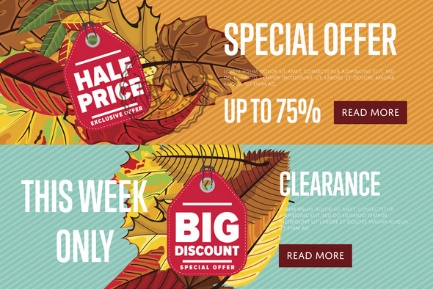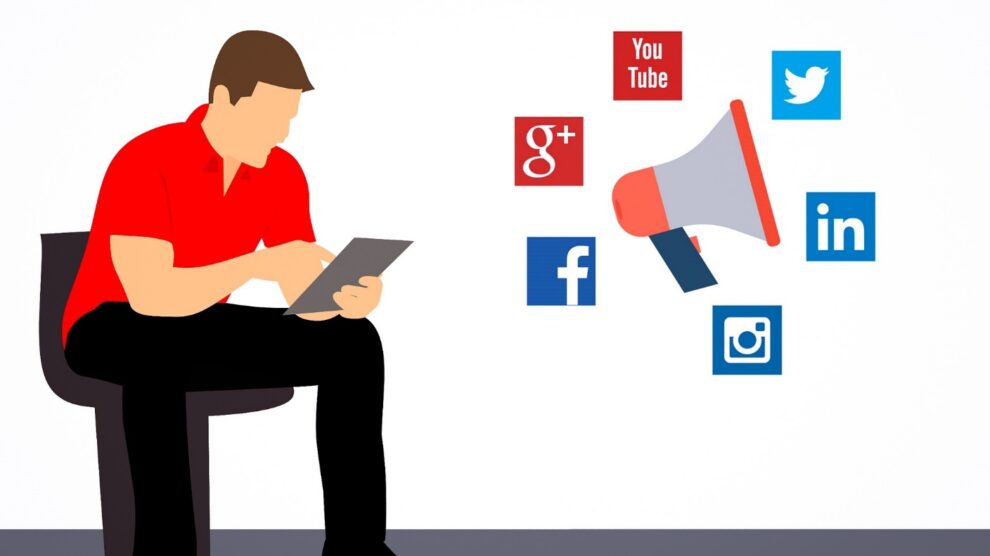Did the title above make you click to see what the post is about? If so, you’ve just experienced FOMO – the Fear of Missing Out.
According to recent studies, no less than 56% of social media users experience FOMO. You can tell that FOMO is here to stay simply by looking at Snapchat’s incredible growth. Known as the social network for teens and youngsters, Snapchat is the perfect case study for social media FOMO.
The content disappears quickly (unlike this post that’s here to stay, by the way), so you have to check it often so you don’t miss out on Jane’s new selfie or John’s dog making a cute face.
Another cue that tells us how strong FOMO is lies in the now omnipresent “stories” aka the pieces of content that disappear in 24 hours, so you have to consume them now – who knows if you’ll be able to login to Facebook or Instagram before that story is gone forever and you’ll never know what Kate had for brunch.
Much as I like to joke about social media FOMO, as a marketer I have to also acknowledge its tremendous value. If done right and ethically (more on that later), it can be a great tool for both your company and its customers.
But first, let’s take a look at the basics.
How Does FOMO Work on Social Media?
At its core, FOMO refers to the social anxiety induced by the belief that others may be having fun while the person experiencing FOMO is…missing out. As a result, we tend to stay more connected, just to learn what others are doing at all times. Did your friends throw a party and “forgot” to invite you? You can find that out if you are always connected to them.
With time, the definition of FOMO has expanded to include other types of regret that can be avoided by being constantly connected:
- The fear of missing out on a huge discount
- The fear of not being able to get tickets to a trendy event because you learned about it too late
- The fear of being the last to learn about certain trends and losing the respect of your peers
Simply put: FOMO can describe the fear of being left out of anything that matters to you.
Psychologists warn us that FOMO has long-lasting effects on our behavior and very few of those effects are positive.
Thus, as a marketer, you should never use it to cause harm to your public. You can, however, use it in a completely ethical way.
How to Use FOMO for Social Media Marketing Successfully and Ethically
A big part of the affordable social media marketing and management services my agency offers is coming up with paid campaigns or organic posts that drive sales for our clients. In order to do that, we have to leverage FOMO.
That’s not the biggest challenge. The biggest challenge is not abusing or overusing it. Here’s how we find balance and generate sales and leads for our customers on social media:
1. Create a REAL sense of urgency
When you write a social media caption, you already know that it has to stand out. The easiest way to do that is speak about something that comes in limited supply.

Open any of your social media accounts right now and you’ll be swimming in similar offers trying to leverage your FOMO. For the client who’s really interested in a product, it’s not a bad thing.
But as marketers, we know that when potential customers see hundreds of these offers every day, they grow immune to them. So how can you avoid banner blindness in an ethical way?
First off, make sure that the sense of emergency you are trying to instill is NOT fake. If you say that a certain product is going to have a 75% discount for 24 hours only, then you can’t leave the campaign on any longer than that.
Not happy with the sales your discount generated? It happens but it’s still not a reasons to breach customer trust.
If you do that, you will cheapen your brand and your products. Plus, who’s going to hurry and buy your products if they know limited-time offers are actually there forever.
A few smart ways to create ethical FOMO:
- Discounts that go away at midnight
- Limited time clearance sale
- Offers limited to a certain number of buyers: “First 10 buyers get 80% off”
- Limited number of products available.
About the last one: it’s imperative that you don’t lie here. Remember when Booking.com used to display “only two rooms left” next to the hotel you were interested in? This message was automated and it was rarely accurate.
It has been deemed as a practice that “dupes” clients and was sanctioned internationally. Booking.com was forced to make some changes.
Bottom line: when you advertise something as “limited” in time or quantity, make sure it really is so.
2. Seasonal Products
Do you know why pumpkin spice lattes are so popular? Because you can only find them for a limited time. It’s become a tradition to welcome the cold season with a pumpkin spice latte.
And despite demands to make them permanent, Starbucks, Dunkin Donuts, and all the other coffee shops that sell them still pull them out of their menus in January.
3. Focus on Experiences, not Products
When it comes to FOMO, experiences are key. People don’t want products; they want the way those products make them feel.
Whether it’s a pair of shoes, a new phone, or a luxury trip, make sure that the focus of your social media posts or ads is on the experience, not the product itself.
The same goes for B2B products and services. Remember that even in B2B you are selling to other humans. So tell them how your product/service is going to make their lives easier, help them work more efficiently, attract more clients or pad their company’s bottom line.
4. Showcase Reviews and Testimonials
Reviews, social proof, and testimonials are closely related to the point above. Whenever you share or promote them, you remind people of the experiences they’re missing out if they’re not buying from you.
Plus, they are a perfectly ethical way to leverage FOMO. When you’re sharing your clients’ feedback you are transparent and you let the best possible people advocate for your products – people who tried them.
Wrapping Things up
There are plenty of things that you can exploit to sell your products or services. But you don’t want to be associated with the sleazy car salesmen of the past, do you?
Don’t sacrifice ethical principles for a quick buck. Today’s client is seasoned and willing to put in the research time needed to uncover sleazy marketing techniques. This means that you may gain a client here and there but none of them will become loyal to your brand.
Looking for the right way to do social media marketing? My team and I can help! Check out our social media management and marketing services and let’s talk!





